Were millets really the staple grains of our ancestors?
This question comes up very often when taking about millets – were millets staple grains in our ancestors’ diets?
For the sake of being informed about our history, let us dive into the Q of whether our ancestors ate millets as a staple.
That paddy needs more water, fertile soil and protection from pests is not something that has happened today. It has been historically accurate. That millets need very little water, grow in harsh conditions, in poor soils and are pest resistant is also true.
And at any point in time we see, there has been a small proportion of land that was highly fertile, a more significant proportion of area that was low on fertility and a much more substantial percentage of land that was pretty much uncultivable soil.
Superimposing these conditions and crop facts, it is beyond doubt in my mind that millets were cultivated on much larger swathes of land, and harvested in much larger quantities than paddy until very recently. Yes, I do see that my argument is not based on hard evidence. If you can see some flaw in the logic / suppositions, please do share so that I can correct myself.
The other aspect of this Q is who were our ancestors. If we are from the privileged upper castes, or ancestors would have controlled the more fertile soils, cultivated the more sophisticated crops (such as paddy) and stored and processed them better.
If we are not so privileged and are born in one of lower castes, a Dalit or an Adivasi, then our ancestors would, very likely, not have had the resources that a crop such as a paddy would require. But we would not have had many problems in growing millets.
We ate what we could grow. Millets were the staple of the masses. Paddy was the staple of the privileged. There are stories of how poor farmers and laborers cultivated paddy (or wheat) and millets along with other grains and produced. They would have to turn in all the paddy or wheat they had harvested to the landlords/zamindars/rich men and were allowed to keep only the millets they grew for their family’s consumption.
Food is aspirational, not just today, not only in India. Paddy has always been the food of those who have; of the privileged.
On a related note, if we are ready to be generous when considering the policymakers’ intentions in the lead up to the green revolution, this last point above is a solid reason to choose to promote paddy and not millets. More on that in another post.
Do share your thoughts and comments.





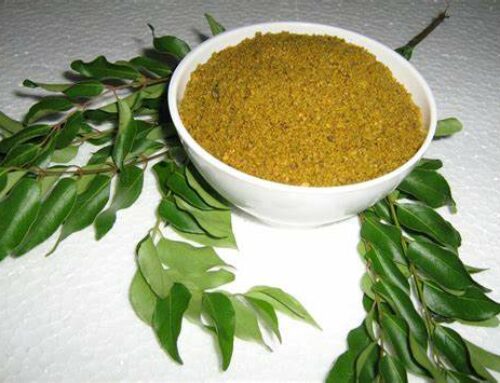
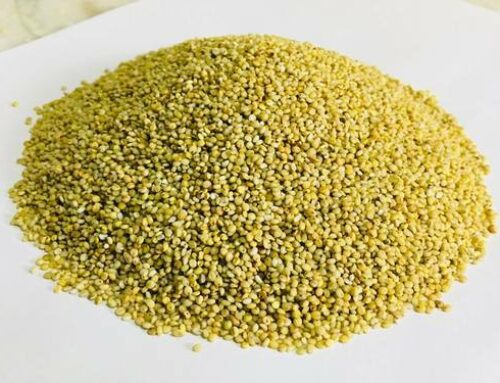
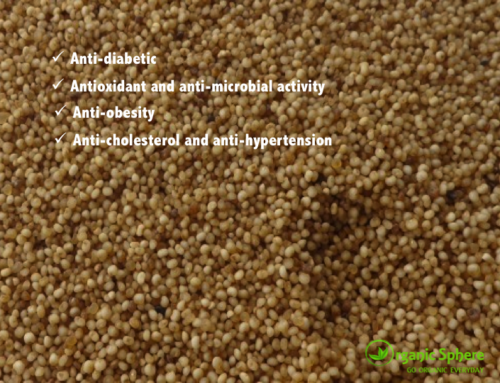
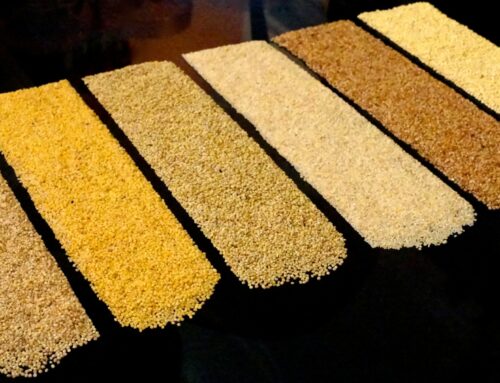
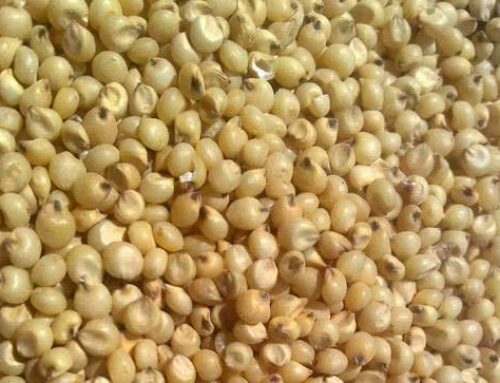
Leave A Comment
You must be logged in to post a comment.